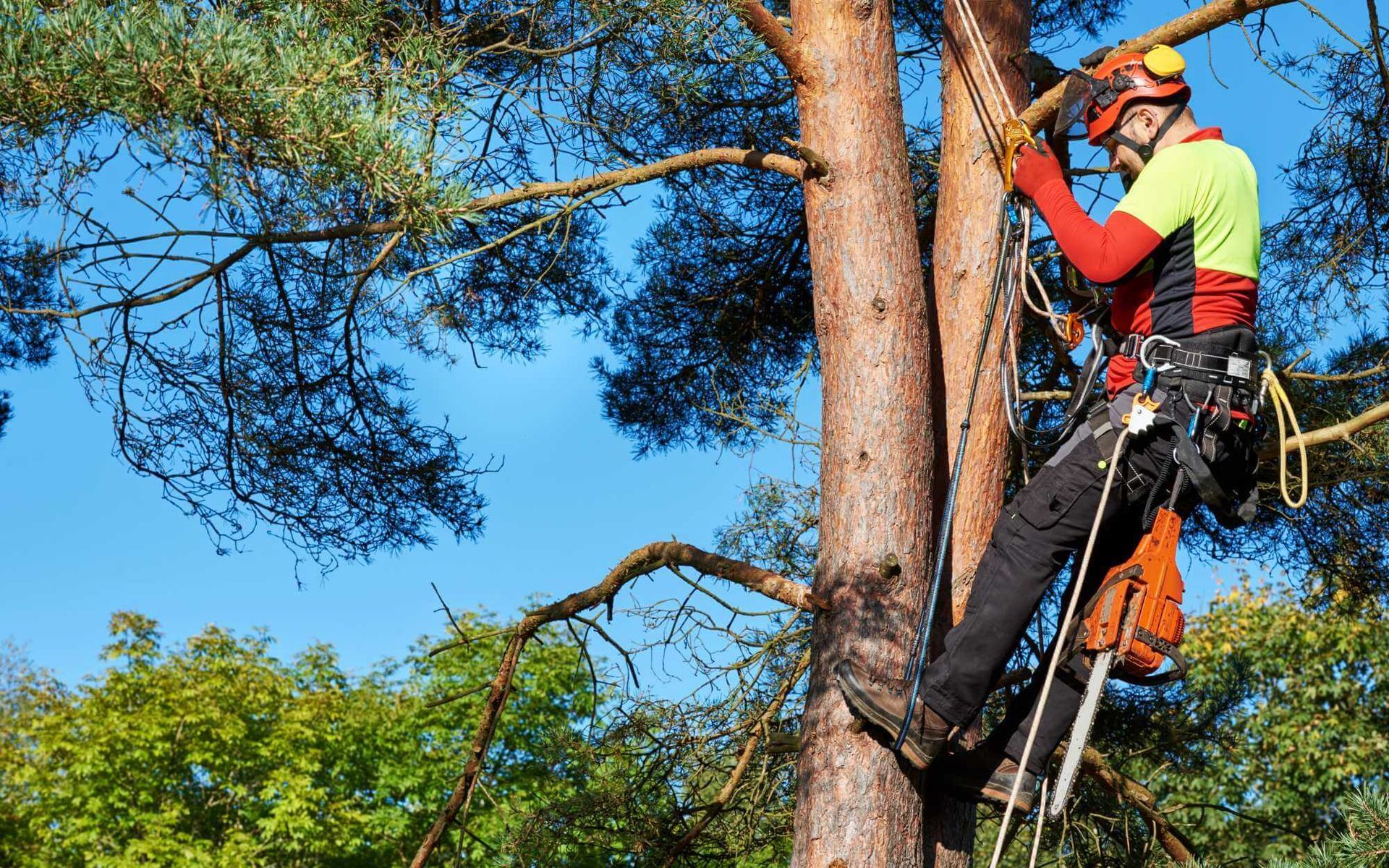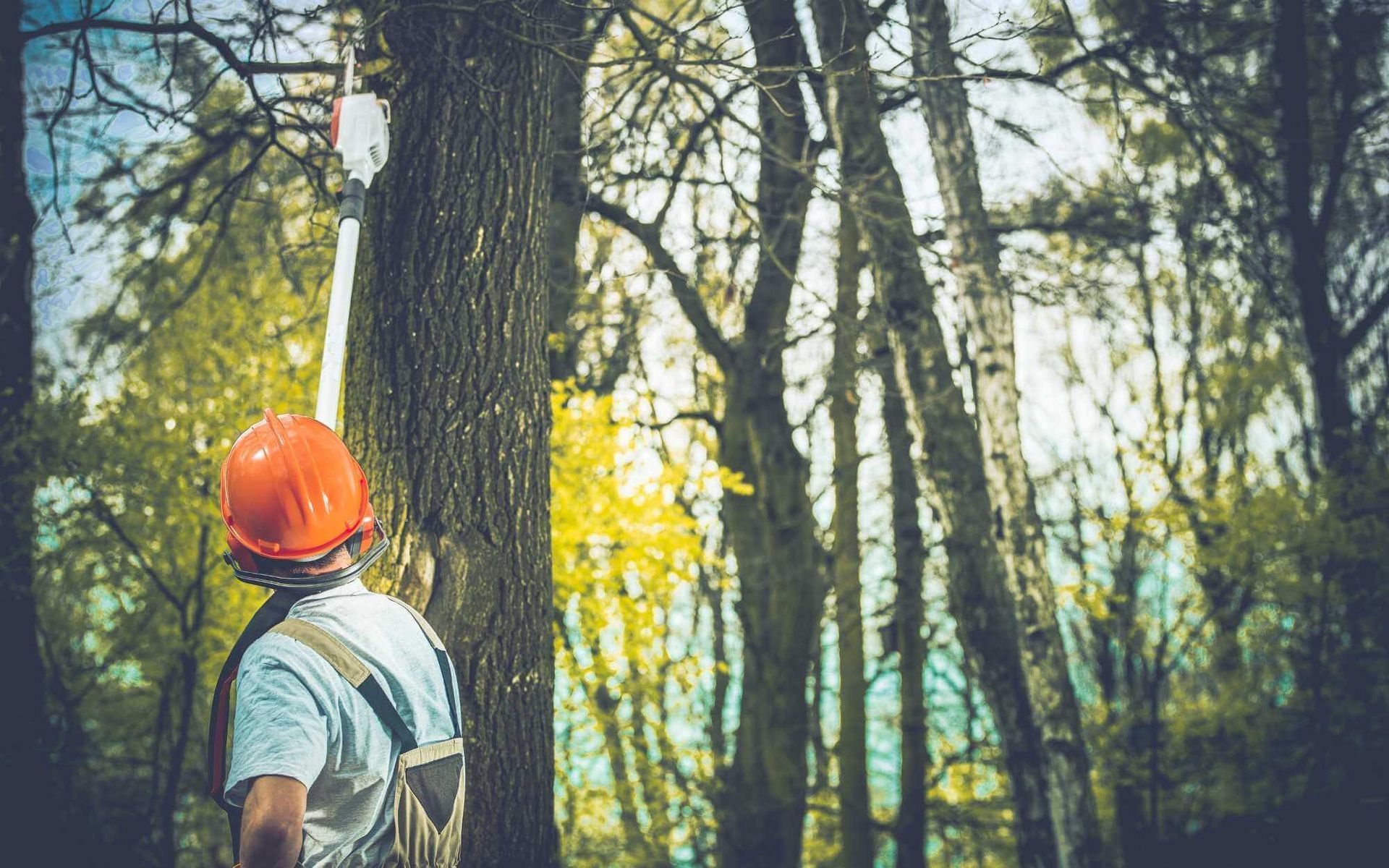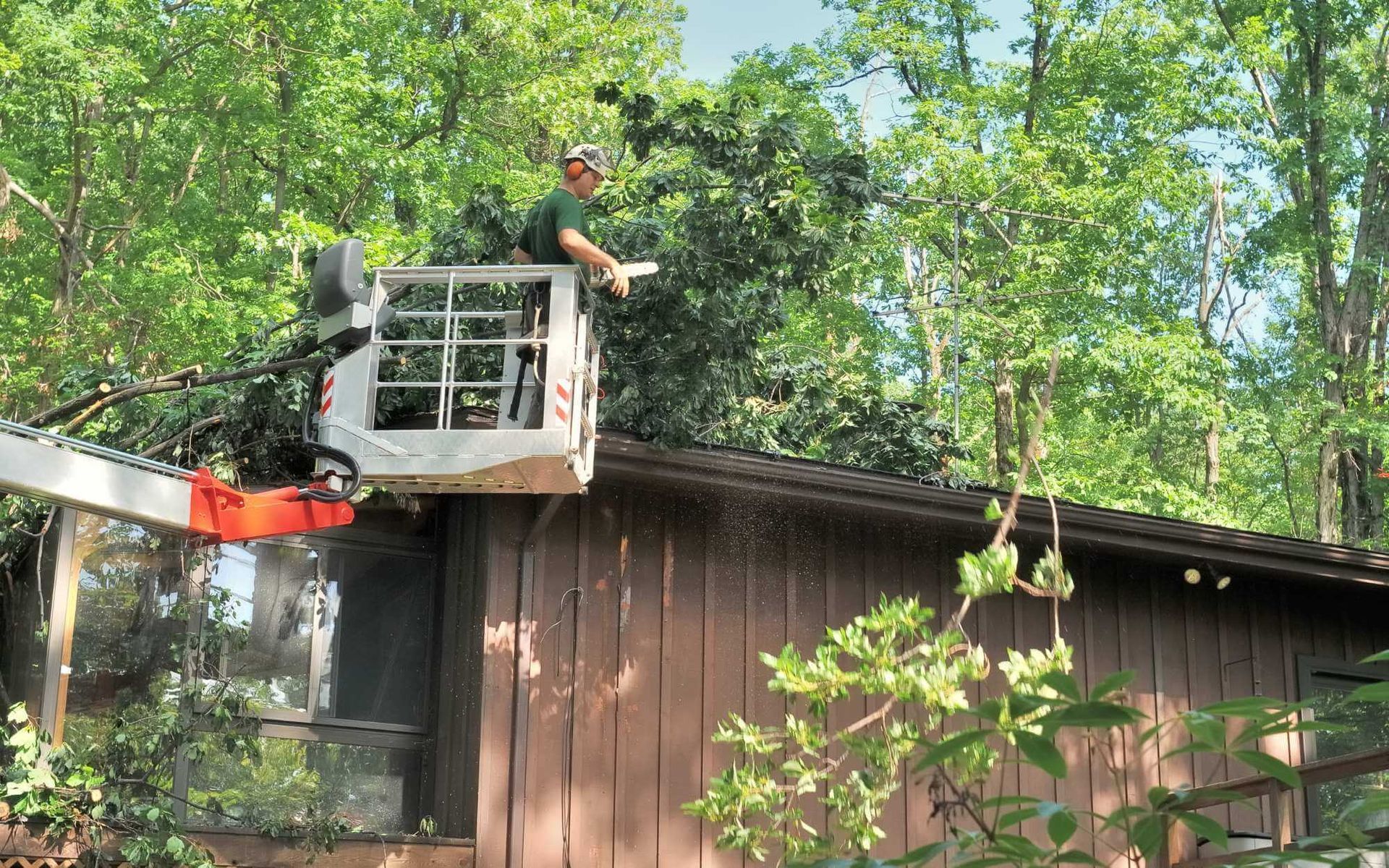Real Tree Team
Arborist, Tree Service and Tree Removal Services
License #: FL-10250A
CALL FOR A FREE QUOTE!
A Step-by-Step Guide to Tree Removal Permits for Homeowners
PUBLISHED ON
SHARE THIS ARTICLE

South Florida's lush landscapes are teeming with various species of trees, contributing to the region's unique aesthetic and ecological balance. For private property owners contemplating tree removal, navigating the dense thicket of local regulations can seem daunting.
Understanding the necessity of obtaining tree removal permits is not only a legal requirement but also a step toward responsible stewardship of our environmental resources.
Today, we'll demystify the permit process to help you comply with local laws, avoid hefty fines, and preserve the beauty and health of South Florida's natural environment. By following the proper procedures, you ensure that removing trees is conducted safely and sustainably, safeguarding the interests of the community and the ecosystem alike.
Tree Removal Regulations in South Florida
South Florida's local laws regarding tree removal are stringent and designed to protect particular tree species and maintain ecological balance.
Before any removal, homeowners must check with their municipal zoning department for specific ordinances as regulations can vary by locality. For instance, Miami-Dade County requires permits to remove a tree, with a keen focus on protecting native species like the mangrove, live oak, and mahogany.
Identifying whether a tree is protected involves consulting with a certified arborist or a local environmental agency. Trees of a certain size, health, and species are often preserved, emphasizing the importance of professional guidance.
Adherence to these laws ensures that the collective canopy of the region remains robust and diverse.
Step 1: Researching Local Tree Removal Requirements
Begin your research by reaching out directly to your city or county government offices. These offices contain essential resources and personnel who can provide you with the current legal requirements for tree removal. Additionally, visit the official city or county website for online portals or downloadable forms that detail the process.
Many local government websites offer comprehensive guides that help homeowners understand the necessary steps for obtaining a tree removal permit.
Step 2: Determining if a Permit is Required

Whether a permit is needed for tree removal hinges on several factors, including tree size, location, and health. Most municipalities mandate permits for sizable trees, those situated in public spaces or protected areas, and trees that are part of a species preservation program.
A tree's health is also scrutinized, as diseased or damaged trees might pose safety risks, potentially expediting the permitting process for removal compared to trees that are healthy and stable.
Step 3: Gathering Necessary Documentation
To apply for a tree removal permit, homeowners need to prepare detailed documentation, including a site plan showing the tree's location, species, and size. Photos may be required to validate the tree's condition.
Additionally, the application often must be accompanied by an assessment from a certified arborist or a bid from licensed tree removal professionals, ensuring that the process adheres to safety standards and local regulations. These professionals are indispensable in guiding you through the technical and legal complexities of tree removal.
Step 4: Submitting the Permit Application
When completing the tree removal application form, provide accurate and thorough information as requested. Follow the guidelines precisely, ensuring that every section is filled out.
Regarding fees, determine the cost for permit processing from your local municipality's fee schedule. Payments typically accompany the application submission and can often be submitted online or in person. Check if online payment incurs extra charges, as this varies by jurisdiction. Ensure prompt payment to avoid delays in the permit review process.
Step 5: Waiting for Approval
Once submitted, the tree removal permit application typically undergoes a review process that can take anywhere from a few days to several weeks, depending on the municipality's backlog and the complexity of the application.
Homeowners need to be proactive by following up with local authorities if an update on the status isn’t received within the expected timeframe. Regular communication ensures that any additional information required can be provided promptly, facilitating a smoother approval process.
Step 6: Tree Removal Process

Upon receiving permit approval, it's crucial to engage a licensed tree removal service that follows best practices for safety and efficiency. These include wearing protective gear, using proper equipment, and adhering to OSHA standards.
For responsible debris disposal, wood can be repurposed or recycled, while foliage can be composted or used as mulch. Always ensure that disposal methods align with local environmental guidelines to minimize impact on the ecosystem.
Step 7: Post-Removal Responsibilities
Following tree removal, local ordinances may require replanting or ecological mitigation to preserve environmental integrity. Replacement with a suitable species ensures sustainability and compliance with regulations.
Homeowners should maintain a copy of the removal permit and any related documentation, such as the replacement plan, forming a comprehensive record that may be necessary for future property maintenance or in the event of municipal inquiries.
From Application to Approval
Securing a tree removal permit in South Florida is crucial for the preservation of the local ecosystem and adherence to legal requirements. Meticulously follow the described steps to ensure compliance and mitigate environmental impact.
For a seamless process, always consult with
certified arborists and licensed professionals who can provide expert guidance through each stage of the intricate procedure. Their expertise is key to safeguarding the environment and your legal standing.
Want a free quote or some friendly advice? Call our team today:
More Posts From The Real Tree Blog:
ISA Certified Arborists. Licensed, Insured and Bonded.
Providing the Highest Quality Tree Services to South Florida since 1993.
FOLLOW US ON :
Contact Details
BROWARD & PALM BEACH COUNTIES
Site Links

LGBTQ+ Friendly

ISA Certified Arborist®
FL-10250A
| Real Tree Trimming & Landscaping, Inc




